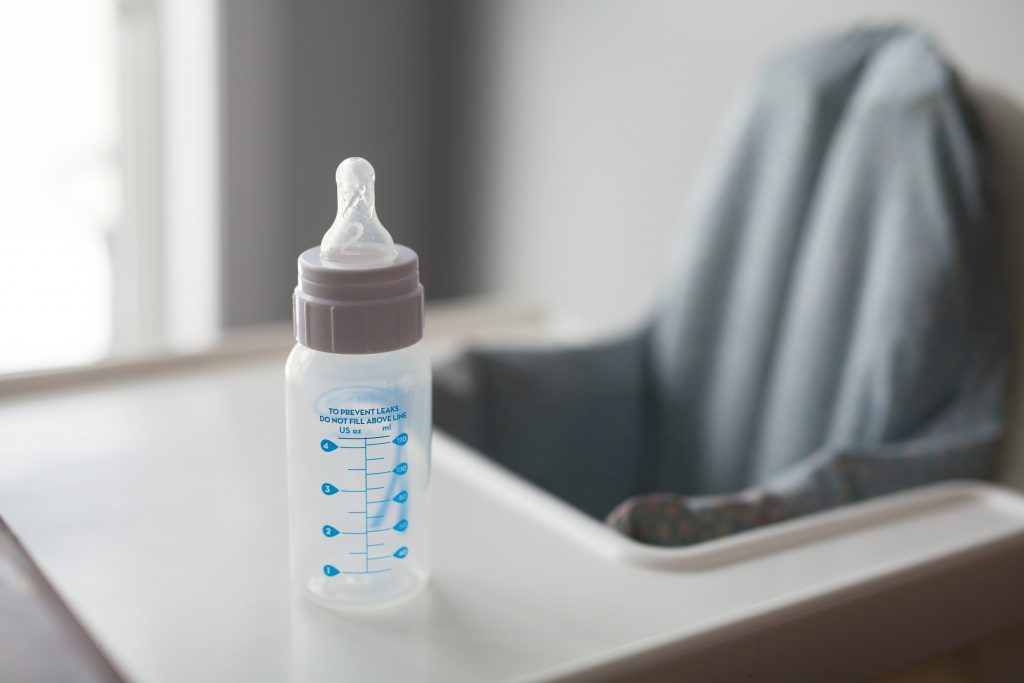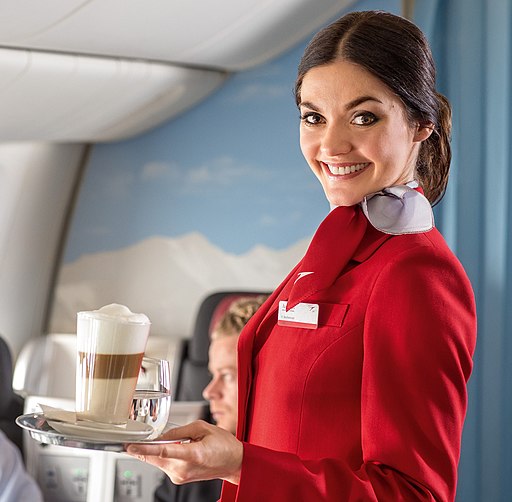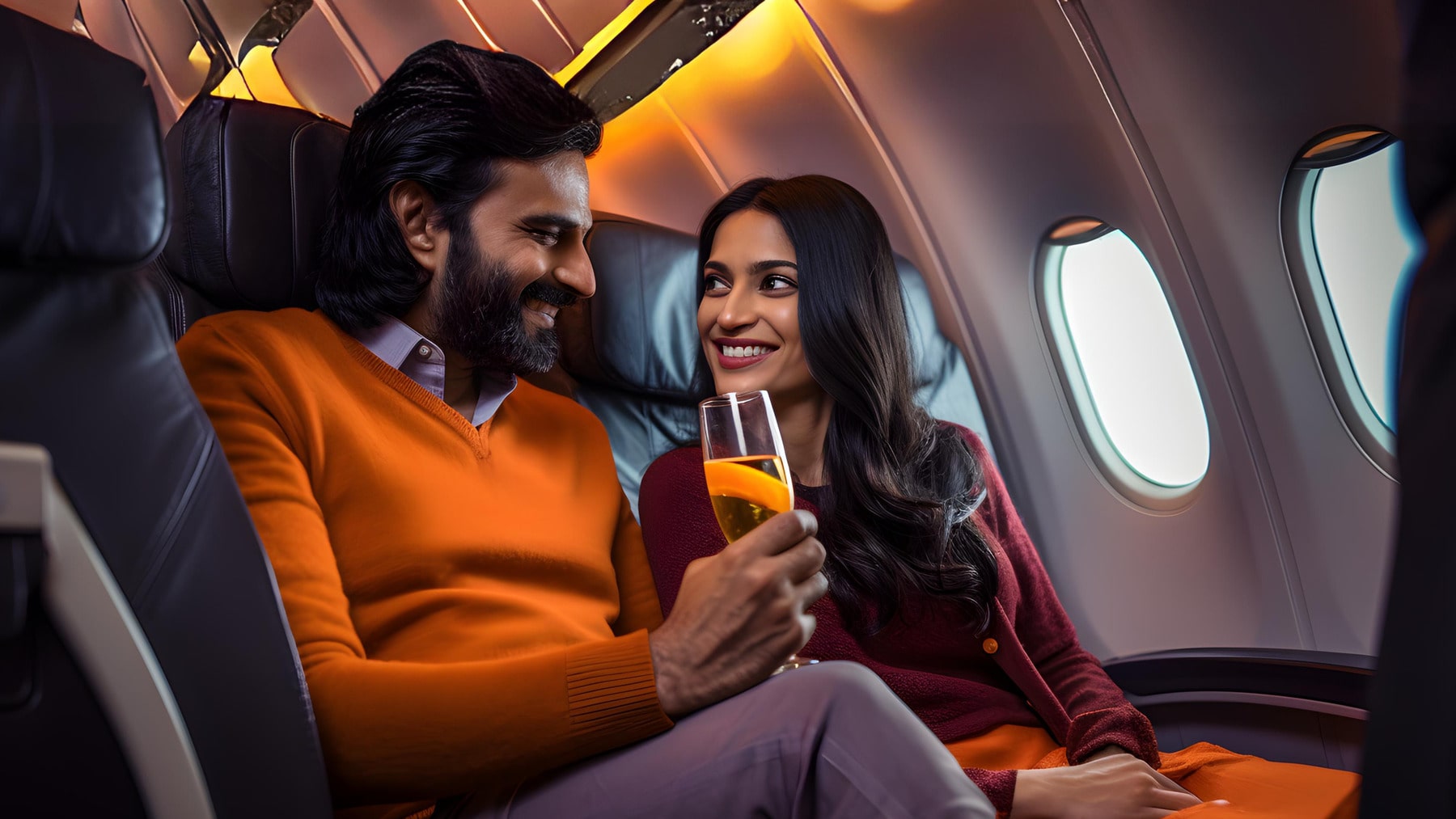Stiff drinks at 35,000 feet? Many passengers want to know the rules on bringing alcohol onboard. We break down the need-to-knows for carry-on, checked bags, opened bottles, drinking your own mini-bar, and how international flight policies differ. You’ll be a pro at transporting and enjoying alcohol at altitude when we’re done.
Alcohol in Carry-On Bags
The TSA allows unopened bottles of alcohol in carry-on bags. There are no proof limits for liquor in carry-ons like there are for checked luggage.
However, all liquids must follow the 3.4 oz (100 ml) rule. Mini liquor bottles are typically 1.7 oz and meet this limit. Pack as many mini bottles as fit comfortably in one quart-sized zip-top bag. With airplane shooter sizes ranging from 50ml to 200ml, you could fit 8-24 mini bottles in that quart bag if you max it out.
While the TSA may allow liquor in carry-ons, specific airlines can impose stricter rules. Always check with your airline before bringing alcohol to your carry-on to avoid issues at the gate. The key is ensuring whatever you pack complies with TSA liquid rules and seals securely.

Checking Alcohol in Luggage
The TSA allows you to check alcohol in your luggage as long as it meets these proof and volume limits:
- Proof: Alcohol must be between 24% – 70% (140 proof)
- Volume:
- U.S. – Up to 5 liters
- Between Europe – Up to 10 liters
To give you an idea of volume:
- 5 liters is approximately:
- 2-3 regular wine bottles
- 1 typical home liquor bottle (e.g., 1.75L bottle)
- 2 regular spirit bottles (e.g., 750ml each)
- 10 liters is approximately:
- 4-6 regular wine bottles
- 3-4 typical home liquor bottles (e.g., 1.75L each)
Before packing alcohol in checked luggage, verify the importation rules of your destination country, as limits may be stricter than the TSA. Safely transporting your alcohol home is easier when you know the rules upfront.

Drinking Your Own Alcohol In-flight
You may be able to sneak your mini bottles or flask past the TSA, but that doesn’t mean you can crack them open at 30,000 feet. Federal aviation regulations prohibit passengers from drinking alcohol on a flight unless it is served by the airline.
Techniques like discreetly disguising liquor in soda cans or water bottles or “palming” shooters to avoid detection have become popular. However, attempting to flout the rules by drinking your own alcohol on a flight can lead to serious consequences.
In one incident in 2021, a passenger was duct taped to his seat by fellow flyers after repeatedly breaking out his own liquor bottles mid-flight and acting aggressively.
While it may be tempting to BYOB on the plane, the rules are in place for safety reasons. Attempting to drink your own alcohol can leave you susceptible to criminal charges for public intoxication or interfering with the flight crew. It’s best to simply enjoy the free drinks or pay for alcohol from the airline once you are at cruising altitude.
Bringing Duty-Free Alcohol Onboard
In 2014, the TSA updated its security rules to allow travelers to bring duty-free liquids, including alcohol, in carry-on bags on international connections.
To bring duty-free alcohol into the plane cabin, the following criteria must be met:
- It was purchased at an international airport duty-free shop, not domestically
- The retailer seals the duty-free liquids in a tamper-evident bag
- You have a receipt proving the purchase was made within the last 48 hours
- The bag shows no signs of tampering when screened by the TSA
While you can now transport select duty-free alcohol sizes in a carry-on, drinking your duty-free liquor inflight still violates FAA regulations. Although you can carry it onboard, you cannot consume duty-free or any other alcohol unless served by the airline.
The updated rule simply permits duty-free liquor to be screened at the boarding gate rather than packed in checked luggage. Be sure you understand and follow the specific criteria to avoid issues.
Getting Drunk on a Flight
While there are no legal limits on the number of drinks you can be served, flight attendants have full discretion to cut off alcohol service to intoxicated passengers.
Excessive drinking has led to a spike in disruptive behavior on flights. In the UK alone, over 300 people were arrested in 2016-2017 for alcohol-related incidents, including aggression towards crew members.
In response to the increasing issues, airlines are imposing stricter policies around overserving:
- Ryanair has called for a 2-drink limit per passenger.
- Southwest Airlines stopped serving alcohol on some Hawaii routes after a surge in problems.
- Some airlines now require staff to intervene and address concerning passenger behavior earlier.
Although an intoxicated passenger may not face legal charges, getting drunk on a flight can lead to diversion, removal from the plane, or even a flight ban from the airline. Bringing alcohol and enjoying some drinks responsibly on a flight is fine, but getting drunk to the point of belligerence can carry serious repercussions. Drink wisely at cruising altitude.
Alcohol Policies on International Flights
Most airlines serve complimentary beer, wine, and spirits on long-haul international flights. However, on domestic routes, any alcohol usually must be purchased.
Drinking ages also vary by airline registration country. For example, an Icelandic airline will likely have a minimum drinking age of 20, while a U.S. airline would be 21. Some carriers allow exceptions for minors with guardian consent on international flights. Always check your airline’s policy.
While securing free drinks may be a perk of overseas travel, overindulgence can still get you in trouble, even on international routes. Know the policies to avoid issues.
Traveling Domestically vs. Internationally with Alcohol
When traveling within the U.S., TSA rules apply for carry-on and checked baggage alcohol. On international flights, be aware of variations in duty-free limits, import allowances, and drinking age by destination country.
One tip is to take advantage of duty-free shopping on return international trips. You can bring back more than when departing the U.S. due to higher Customs limits.
Wherever you’re flying, following airline and regulatory policies ensures smooth travel. We hope this guide has helped answer the top questions about transporting and consuming alcohol at 35,000 feet and beyond.
Conclusion
With the right strategies, traveling with alcohol doesn’t have to be confusing. This guide has broken down policies for carry-on, checked bags, duty-free, drinking ages, and more based on TSA and FAA regulations. Remember to moderate your intake, drink responsibly, and enjoy your flight.

Image Credits:
Featured image by Russel James Smith via (CC BY-2.0)
“Baby Bottle” by Lisa Johnson from Burst
“Austrian Airlines” via Wikicommons
